Rich Hopkins and the Luminarios: “Tombstone”
Sometimes music speaks to the listener as a songwriter’s personal history and observations.
Sometimes, the pieces of music speak to the listener as a history, as in the history of Tucson or of the Western U.S. With Rich Hopkins and the Luminarios’ latest release, “Tombstone,” the sound and words of the 12 tracks work together and take the listener into a cathartic personal history, and also history writ large. Rich Hopkins and his chief songwriting collaborator Lisa Novak generously share both.
Hopkins wryly observes of the album, “I thought that the whole record would be this weird Western thing, but I didn’t have enough of those songs,” so personal songs, story songs and songs with powerful messages round out the release.
The guitar-driven hard rocking first cut, “Don’t Worry,” entertains, but also lyrically reflects on learning from personal life struggles. Hopkins asks: “Can you let go, can you forgive, can you let your light shine inside?” Some juicy Hopkins guitar riffs punctuate the piece.
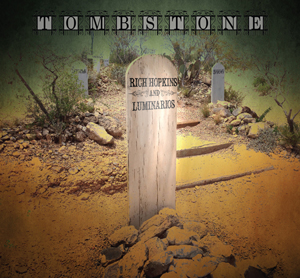
“Tombstone” Rich Hopkins & The Luminarios
On the title track “Tombstone,” the actual history of this corner of the Southwest is the source material for a dark heavy rocker written from the viewpoint of Ike Clanton, a survivor of the legendary OK Corral shootout in Tombstone, Arizona on October 26, 1881. Clanton survived the shootout but met his end trying to escape arrest for alleged cattle-rustling in June 1887. Lyrics like “me and my brothers, we don’t believe in hindsight,” and Hopkins’ sardonic and accurate reflection that “anyone who drinks whiskey for thirty-six hours straight ain’t gonna make wise choices,” sums up the reckless feel of this cut.
Part-time Luminarios – Alan Anderson on drums, Duane Hollis on bass and Damon Barnaby on lead guitar – keep the power cranking. Hopkins proudly indicates that this song, recorded at Jim Brady’s recording studio in Tucson, was a basic one-take recording.
On track six, “Hang On,” lyrics urging the listener to hope and care, replete with splendid vocal harmonies between Hopkins and Novak, are featured. Hopkins comments that some days and some things are just hard, and “that’s why we need each other, to break the pattern of isolation that manifests in the crazy mind. Sometimes we also need to learn to sit with our uncomfortable feelings and know this too shall pass.”
Cut ten, “Private Shaw,” is particularly gripping. Hopkins and Novak lyrically reflect on the sad and bloody history that is the history of the Western U.S. Indian Wars. Not for the faint of heart, the cut resonates with this lover of history. Hopkins comments that while not drawn from any particular battle or massacre, he drew from many such violent Western encounters. It is followed by a beautiful mournful song, “Mourning Song,” again chock-full of killer lines by Novak. Jon Sanchez contributes some haunting synthesizer work. About Novak, Hopkins says, “she is really a great songwriter and a huge part of the band. I feel so blessed.”
The last cut “Leona’s Song,” is a direct tribute to Lisa Novak’s mother, who was a piano player in a Texas dance band in the 1950s. Arnold Parker, a previous band mate of Leona’s, provides the vocal lead and Leona is imaged dancing in the great beyond as the “angels were waiting their turn to dance with you.”
“We wrote it the night of her service,” says Hopkins about the deeply touching cut. Novak will include the song in a planned book she is writing about her experience with her mother, who fell victim to Alzheimer’s.
Collectively, the album is equal part reflection on personal history, story-telling, and on gripping U.S. Southwestern history. Players include Austin residents and long-time Hopkins collaborators Jon Sanchez on guitar and synthesizer and vocals and George Duron on drums, the aforementioned Lisa Novak on harmony and lead vocals, guitar and percussion; and bass, drum and guitar work by Tucsonans Duane Hollis, Alan Anderson and Damon Barnaby, respectively.
Hopkins opines about his many musician compatriots: “I am really blessed to be surrounded by these great, generous musicians. This was a really big group effort… the best part about it is that.”
Rich Hopkins and the Luminarios perform on the outdoor Club Congress patio, 311 E. Congress St., at 9:30 p.m. on Saturday, Nov. 22 for the Tucson release of “Tombstone.” On Tuesday, Nov. 25, also at Club Congress, the band performs with Chicha Dust and other local acts for the annual Casa Maria soup kitchen fundraiser. For more details, visit RichHopkinsMusic.com.

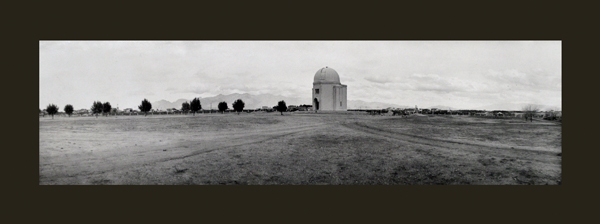
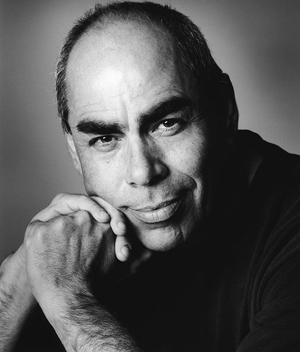
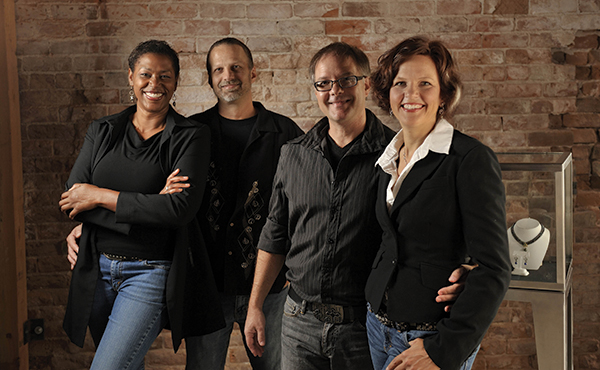
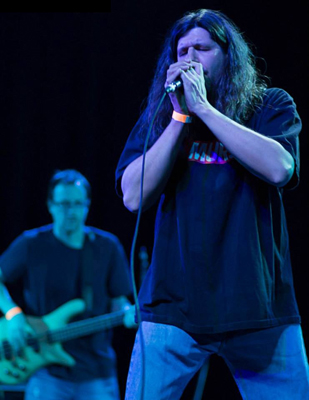
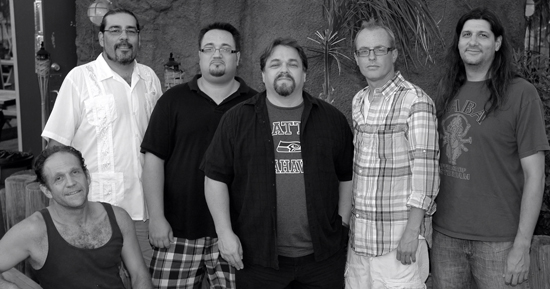

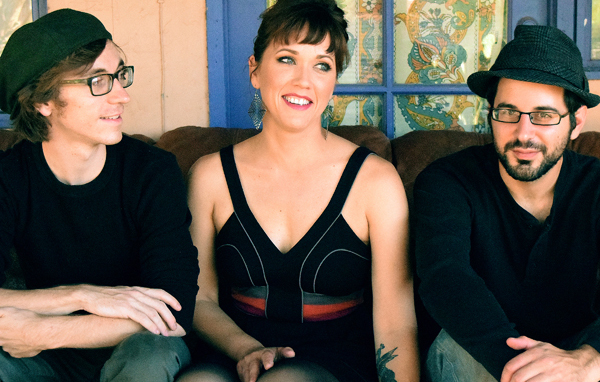
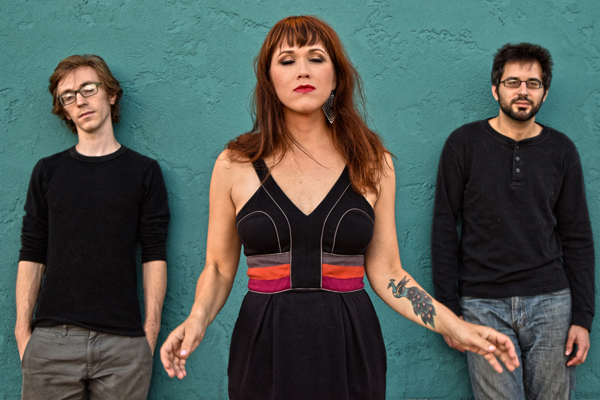
 “You’re going to love it,” he said. He was right. I was immediately delighted, and confused. An open forum, just for women to tell their stories? An at-capacity paying audience who listens? When James described it to me as “feminist storytelling,” I imagined the most sparsely attended poetry readings I’d ever uncomfortably sat though. When we arrived, and I saw so many folding chairs set up, filling the empty gallery space, I worried these poor gals were kidding themselves. Then people came and claimed all those seats, and I wondered if I had stumbled into a dream.
“You’re going to love it,” he said. He was right. I was immediately delighted, and confused. An open forum, just for women to tell their stories? An at-capacity paying audience who listens? When James described it to me as “feminist storytelling,” I imagined the most sparsely attended poetry readings I’d ever uncomfortably sat though. When we arrived, and I saw so many folding chairs set up, filling the empty gallery space, I worried these poor gals were kidding themselves. Then people came and claimed all those seats, and I wondered if I had stumbled into a dream.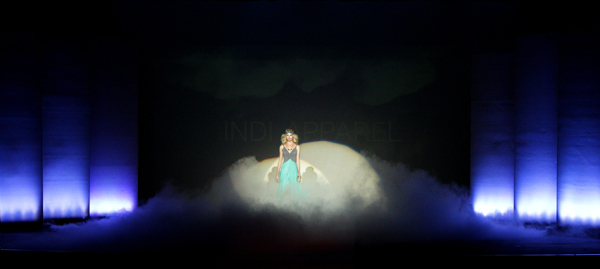
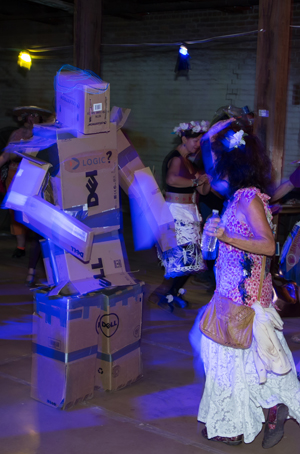
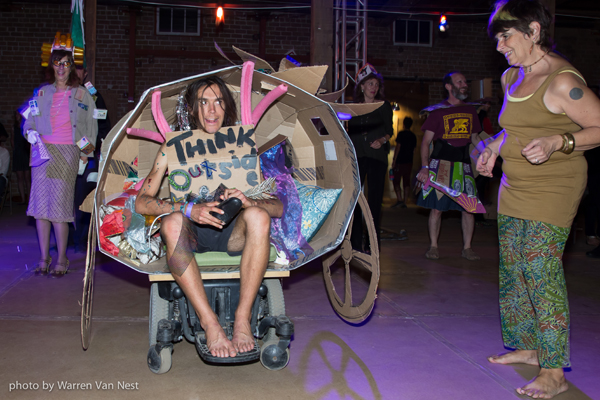

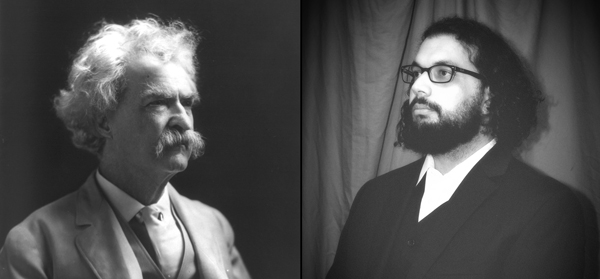
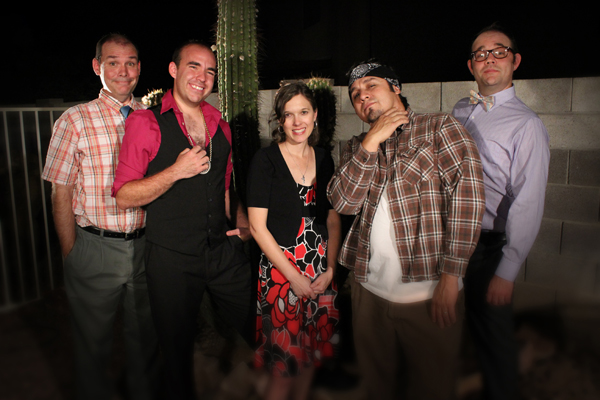




Also find us on...